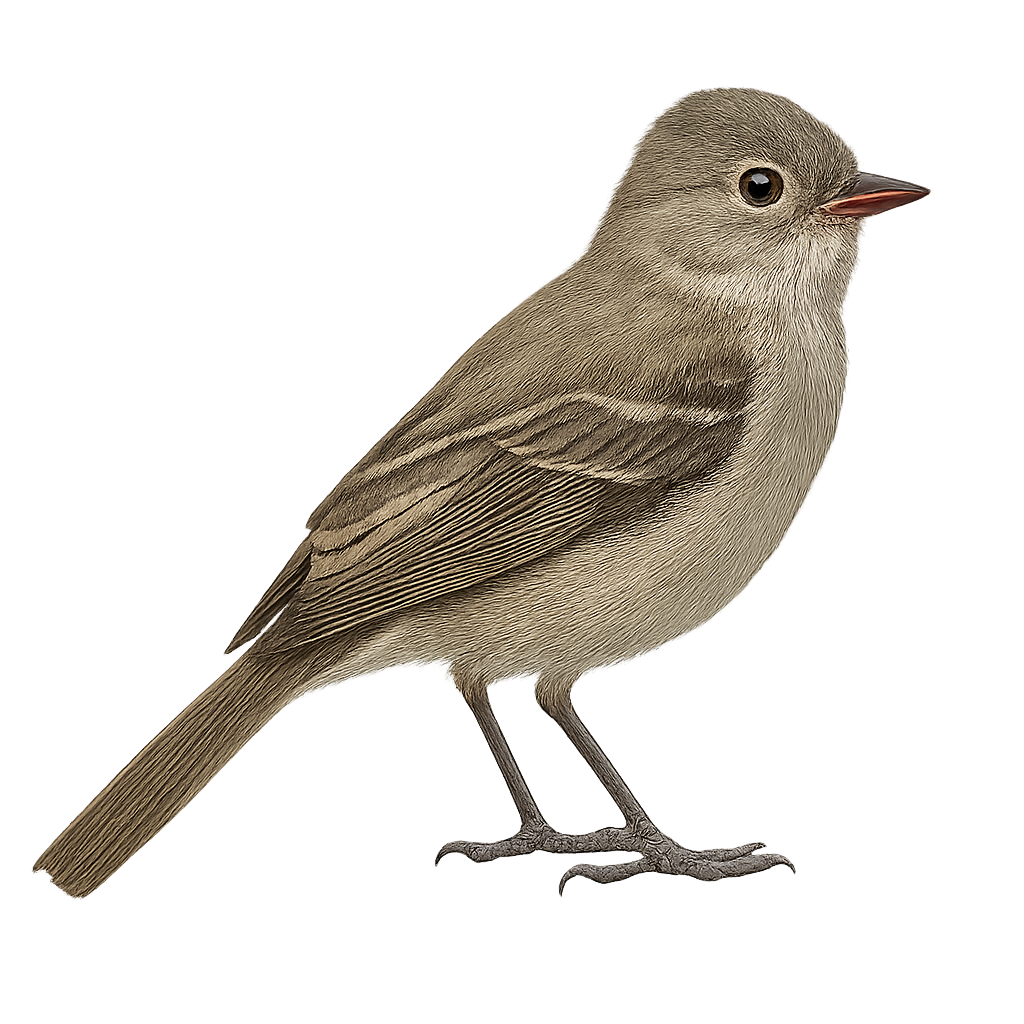Your wildlife photography guide.
Explore the small-billed elaenia in detail, study its behavior, prepare your shots.
Where to observe and photograph the small-billed elaenia in the wild
Learn where and when to spot the small-billed elaenia in the wild, how to identify the species based on distinctive features, and what natural environments it inhabits. The WildlifePhotographer app offers tailored photography tips that reflect the small-billed elaenia’s behavior, helping you capture better wildlife images. Explore the full species profile for key information including description, habitat, active periods, and approach techniques.
Small-billed Elaenia
Scientific name: Elaenia mesoleuca

IUCN Status: Least Concern
Family: TYRANNIDAE
Group: Birds
Sensitivity to human approach: Suspicious
Minimum approach distance: 10 m
Courtship display: October to December
Incubation: 15-17 jours
Hatchings: October to January
Habitat:
Subtropical forests, tropical moist forests, forest edges
Activity period :
Primarily active during the day, with peak activity in the morning and late afternoon.
Identification and description:
The Small-billed Elaenia is a small passerine bird belonging to the Tyrannidae family. It is primarily found in the subtropical and tropical moist forests of South America, particularly in Brazil, Argentina, and Paraguay. This bird is characterized by its olive-gray back and white belly, which gives it its name. It has a relatively short bill and dark eyes. The Small-billed Elaenia is an active bird, often seen foraging for insects and fruits in the canopy. Its song is a key element for identification, consisting of a series of high-pitched, repetitive notes. Although not currently threatened, deforestation poses a potential risk to its natural habitat.
Recommended lens:
400 mm – adjust based on distance, desired framing (portrait or habitat), and approach conditions.
Photography tips:
To photograph the Small-billed Elaenia, it is advisable to use a telephoto lens of at least 400mm to capture precise details without disturbing the bird. Look for it in subtropical and tropical moist forests, especially along the edges where it is more active. Be patient and wait for it to perch to get a sharp image. Avoid sudden movements to prevent scaring it away. Natural morning or afternoon light is ideal to highlight the colors of its plumage.
The WildlifePhotographer App is coming soon!
Be the first to explore the best nature spots, track rutting seasons, log your observations, and observe more wildlife.
Already 1 430 wildlife lovers subscribed worldwide

